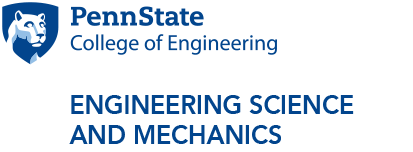Another retrospective from the time of COVID
Abstract: The objective of this lecture is to look back at the medical, policy decisions, media coverage, research, and various responses across the world during the COVID-19 pandemic in the first quarter of 2020-2021. To be sure, the first quarter of 2020 was a tumultuous time of extremes in the response to the more formally named, SARS-CoV2. As I write this new abstract (my first [perspective in the time of COVID was given at the ACerS National Meeting in Nov 2020*), it is now worthwhile to present a perspective on the first 18 months of the 2020-2021 COVID-19 pandemic. For example, the actual pandemic numbers more mature at this point and while more fully articulated than the Spring through Fall of 2020, in the next several years much less emotional angst will be imposed by talking about the many fatalities. However, even at this writing (June 2021), there are emerging some notions of the truth. The quarantining, masking, and virtually world-wide economic shutdown will be debated for decades, but there are reasons for optimism for the human condition. The drastically altered supply chains for food, as one example, were stretched but did not break. Personal protective equipment, in short supply early in 2020, was replaced by repurposing manufacturing in various factories, large and small, throughout the world. No longer unsung heroes, disparate jobs from medical care givers and first responders to grocery store workers and long-haul truckers were recognized for the absolutely essential role they served to keep our human society whole during this crisis. When challenged by yet another viral pandemic, most of us humans stepped forward and up to face the unknown, generally poorly predicted progression of the COVID-19 pandemic. Beyond just the "We survived" meme, there is something positive to be said about the human-kind response in the Time of COVID.
* Rustum Roy Award, Science and Society, Lecture
Bio: James H. Adair is a Professor of Materials Science and Engineering, Bioengineering and Pharmacology at The Pennsylvania State University. His research and teaching interests include biological-nanoscale composite particulates for nanomedical applications using principles in colloid and interfacial chemistry. Dr. Adair is the author/co-author of about 300 publications including over 260 papers, more than 28 US and foreign patents and co-editor of 12 books. In 2020, Dr. Adair received the Frontiers of Science and Society –– Rustum Roy Lecture Award at the Annual Meeting of the American Ceramic Society. His lecture was entitled, “Early Perspectives in the Time of COVID.”
Additional Information:
Please contact Lisa Spicer at lms8@psu.edu for Zoom information.
Media Contact: Lisa Spicer



